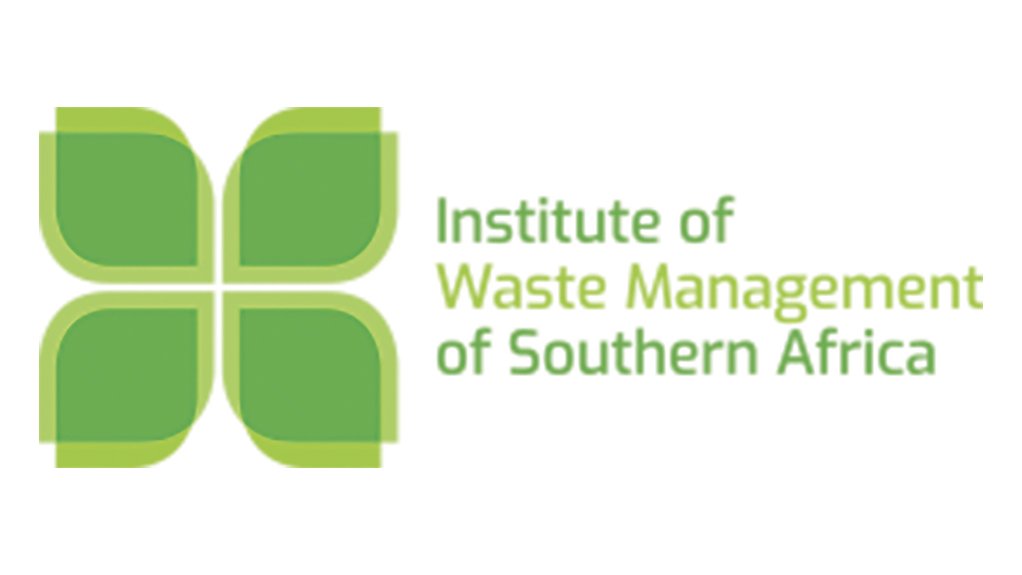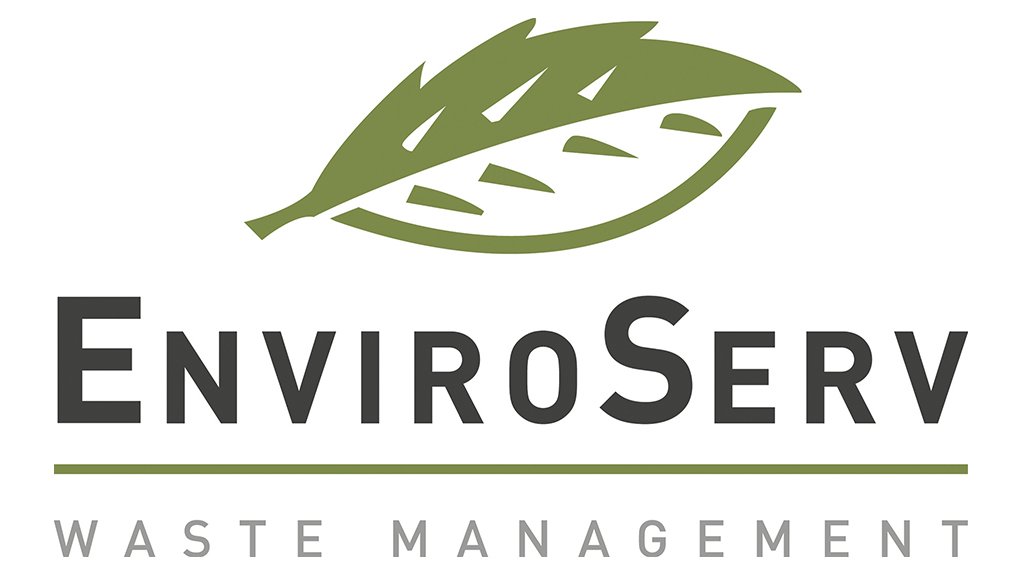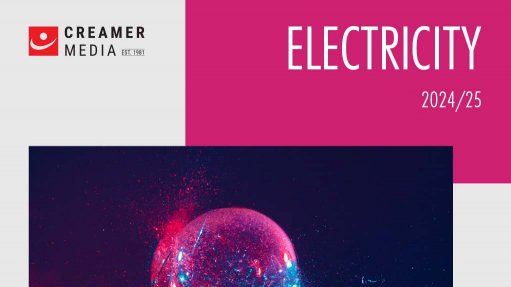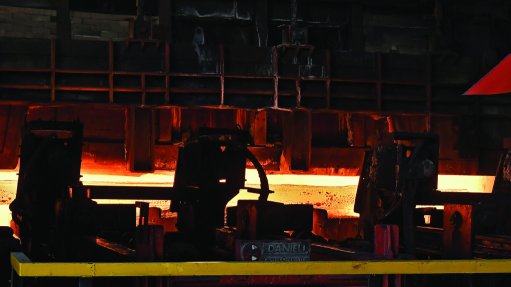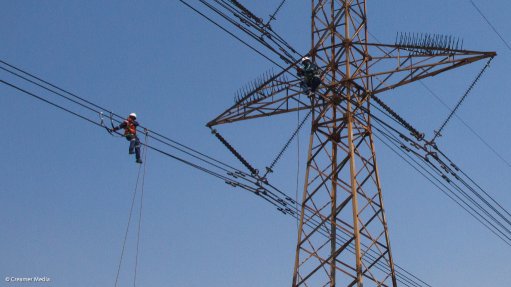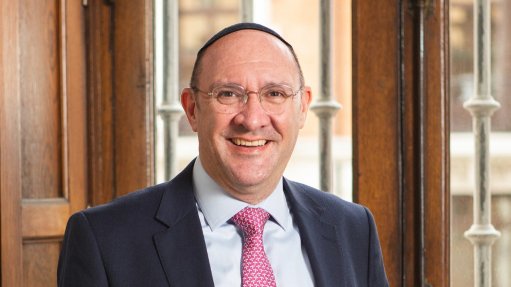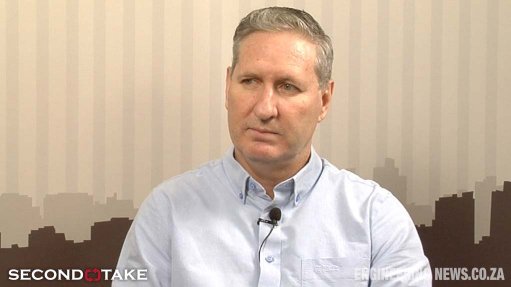Understanding, implementation of circularity needed to overcome waste crisis – panel
A lthough they agreed that the concept of a circular economy was not new in South Africa, a panel of experts participating in a webinar hosted by Creamer Media on May 12, also agreed that more needed to be done by government to expand on the implementation of circular economy principles to produce the desired effect of closing the loop on waste leakage.
The panellists included Council for Scientific and Industrial Research waste and circular economy principal scientist Linda Godfrey, Circular-Vision director Sally-Anne Kasner and Ramboll waste and resource management department manager Bjorn Appelqvist. The webinar was moderated by Institute of Waste Management of Southern Africa president Brendon Jewaskiewitz.
Speaking on the topic of understanding the circular economy in the South African context, Jewaskiewitz noted that the circular economy was a topic of discussion generating a lot of interest in the waste industry currently, and that South Africa was in the midst of a waste crisis, having been there for “some time” already.
“Our landfills are filling up rapidly, many of them poorly managed and over capacity. With such a small quantum of the vast quantities of waste generated being diverted from disposal, there is no doubt in my mind that we have to take and make a serious and rapid change to how we do things, while also being able to manage the transition appropriately,” he said.
Appelqvist noted, however, that there was still no common understanding of the circular economy, with a multitude of definitions and ideas on the topic.
He explained that there were different areas of understanding of what a circular economy is, going from it being solely that of recycling under a “new flag”, to ideas grasping the system of reforming financial systems and the way people produce and consume.
Nonetheless, Appelqvist said the fundamentals of a circular economy involve reducing resource leakage and keeping the value of products and materials in a closed-loop system for as long as possible, and at as high a level of saturation as possible.
He added that an ideal circular economy was also that which reduced its energy use and extracted less raw materials.
Meanwhile, Kasner says that recycling alone is not the definitive definition of a circular economy, but does form one aspect of it.
“To become more resilient and regenerative by design, we actually need to transition the current way we manage materials, including materials considered waste,” she says.
In a parallel way, Kasner says, circularity role-players should be addressing design aspects for better products and/or packaging, and at the same time working through the enormous amount of waste people are generating on a daily basis and assess where and how they can reuse and repurpose these materials.
POLICY LANDSCAPE
Godfrey, meanwhile, said the concepts of a circular economy had been creeping into South Africa’s policy landscape over time, with the first reference being a mention in a White Paper on Science, Technology and Innovation that was published in 2019.
This mention was soon followed by the third National Waste Management Strategy of 2020 and an appearance in the recent mandatory Extended Producer Responsibility regulations, which were released earlier this year.
However, she noted that people should not use, or think of, the circular economy as a synonym for recycling, adding that the circular economy extends beyond the waste sector.
As such, Godfrey said one feasible definition of a circular economy was one built on sustainable resource management – a concept which she says is appearing in the new master plans for growth being solicited by the Department Trade, Industry and Competition, of which a number are under development.
“The Plastics Masterplan specifically makes reference to the circular economy. We have seen some of the circular economy thinking come through, and we have been doing the circular economy in South Africa for decades, we just never called it that.
“Some of the circular economy thinking actually extends all the way back to the first national Waste Management Strategy of 1999 – the basic concepts regarding waste prevention, the waste hierarchy within the narrow waste context. So yes, it has appeared in the South African policy landscape,” she pointed out.
However, Godfrey said that although it was great to have mentions of a circular economy in South African policy, it was important for the government to start translating policy into action.
In this regard, she noted that the third national Waste Management Strategy of 2020 was “definitely saying a lot of the right things” regarding South Africa’s transition to a more circular economy”
Further, Godfrey said the circular economy was core to South Africa’s national Waste Management Strategy, and that, specifically, the idea of a circular economy was embedded within Pillar 1 of the strategy which essentially focuses on reduction – waste reduction, reuse and recycling.
But, she said, South Africa could not drive Pillar 1 without Pillars 2 and 3, with Pillar 2 being around waste services (collection).
“You cannot drive a circular economy if you are not collecting the waste and if you do not have basic service delivery,” Godfrey said.
Importantly, she noted that Pillar 3, which involves compliance and enforcement, was key to supporting the concept of a circular economy.
She stated that even if the “greatest regulation and legislation” was on paper, it meant nothing if not enforced, leading to goals not being achieved.
“A fundamental issue around Pillar 3 is the issue of awareness and, in this regard, there is so much more that needs to be done in South Africa to change consumer behaviour and raise awareness,” Godfrey noted.
Comments
Press Office
Announcements
What's On
Subscribe to improve your user experience...
Option 1 (equivalent of R125 a month):
Receive a weekly copy of Creamer Media's Engineering News & Mining Weekly magazine
(print copy for those in South Africa and e-magazine for those outside of South Africa)
Receive daily email newsletters
Access to full search results
Access archive of magazine back copies
Access to Projects in Progress
Access to ONE Research Report of your choice in PDF format
Option 2 (equivalent of R375 a month):
All benefits from Option 1
PLUS
Access to Creamer Media's Research Channel Africa for ALL Research Reports, in PDF format, on various industrial and mining sectors
including Electricity; Water; Energy Transition; Hydrogen; Roads, Rail and Ports; Coal; Gold; Platinum; Battery Metals; etc.
Already a subscriber?
Forgotten your password?
Receive weekly copy of Creamer Media's Engineering News & Mining Weekly magazine (print copy for those in South Africa and e-magazine for those outside of South Africa)
➕
Recieve daily email newsletters
➕
Access to full search results
➕
Access archive of magazine back copies
➕
Access to Projects in Progress
➕
Access to ONE Research Report of your choice in PDF format
RESEARCH CHANNEL AFRICA
R4500 (equivalent of R375 a month)
SUBSCRIBEAll benefits from Option 1
➕
Access to Creamer Media's Research Channel Africa for ALL Research Reports on various industrial and mining sectors, in PDF format, including on:
Electricity
➕
Water
➕
Energy Transition
➕
Hydrogen
➕
Roads, Rail and Ports
➕
Coal
➕
Gold
➕
Platinum
➕
Battery Metals
➕
etc.
Receive all benefits from Option 1 or Option 2 delivered to numerous people at your company
➕
Multiple User names and Passwords for simultaneous log-ins
➕
Intranet integration access to all in your organisation



